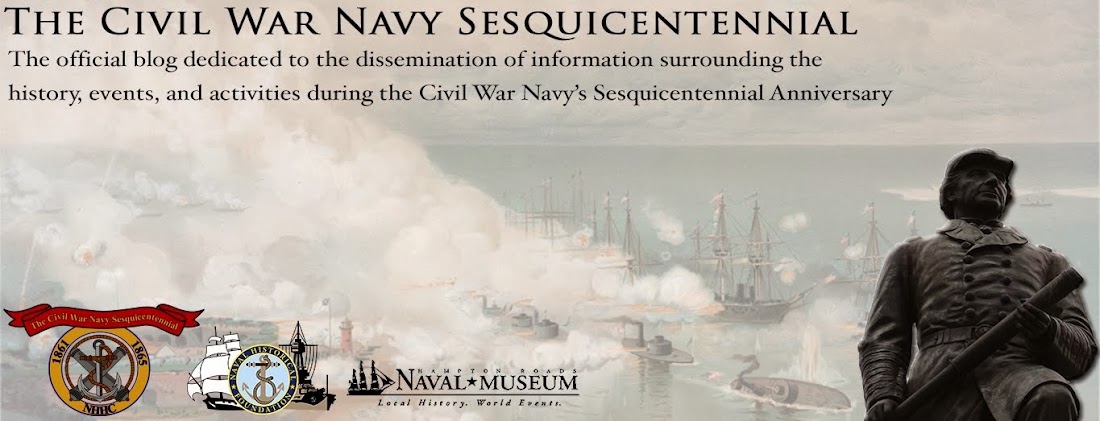| The Assault on Fort Wagner as published in 1890. This interpretation of the famous charge of the 54th Massachusetts is one of the few that show the U.S. Navy's ironclads in action. |
 |
| Map of Morris Island and Fort Wagner |
The monitors shelled Confederate positions from 4 a.m. until 12 p.m.. They then withdrew back out into open water "for lunch" promptly at noon. Two hours later, the monitors resumed their firing positions.
This assault on Fort Wagner itself did not succeed due to accurate heavy gun fire from Confederate gunners. The Confederate gunners even damaged some of the monitors with a bolt type, armor-piercing shot. Union forces managed to establish a siege line during the melee. Gilmore planned a second assault on Wagner with five regiments. The African American-manned 54th Massachusetts Volunteers lead the attack.
For the Navy's part, Dahlgren prepared six ironclads to support the operation. The Federal force included the four monitors previously mentioned, plus USS New Ironsides, the monitor USS Patapsco, and three wooden gunboats. The steam sloop USS Housantonic stood back to observe where the ironclads' shots landed and to signal each ship the results. Additionally, Dahlgren put New Ironsides' Marines on alert, just in case they were needed in the ground assault.
 |
| Alfred Waud's drawing of USS Patapsco and other monitors off of Charleston. |
The Navy bombardment began in the morning, with the squadron firing from 1,200 yards. Taking advantage of the flood tide, the ironclads moved west of the Main Ship Channel and closer to the fort. At three hundred yards, the ironclads began a rapid fire bombardment. Unlike the July 11 attack, the Navy's shelling kept the Confederate gunners from returning fire.
The ships kept up the fire until 7.30 p.m. Gilmore signaled to Dahlgren that his troops were in position to assault. Dahlgren ordered a cease fire due to a lack of light and a fear of hitting Union ground forces. The admiral reported that he witnessed flashes of gunfire from the ground assault until 9:30 p.m. Dahlgren wrote that the "ill-tiding of a repulse were not long in coming." He received official word at 10:30 p.m.
Supporting the second assault, the Navy unloaded about 1,945 shells (mostly XI-inch shells, but also some XV-inch shells, 150-pound and 100-pounder rifle shells) on Fort Wagner. The number is a bit misleading, as New Ironsides accounted for 1,120 of them, the wooden gunboats 200, and the monitors about 625. The broadside ironclad out-fired all the monitors combined. In all, the squadron fired 432,676 lbs, or a little over 216 tons, of ordnance at Fort Wagner. During the bombardment, a disturbing trend arose. Critical breaches occurred on three of the squadron's Parrot Rifles.
Dahlgren concluded that the plan was sound, but more troops were needed for the ground assault. Additionally, he held high praise for the Army's assault. He wrote, "the loss sustained by our troops bears witness to the preserving gallantry with which they endeavored to storm the work, and which deserve, I trust, a renewed effort."

No comments:
Post a Comment